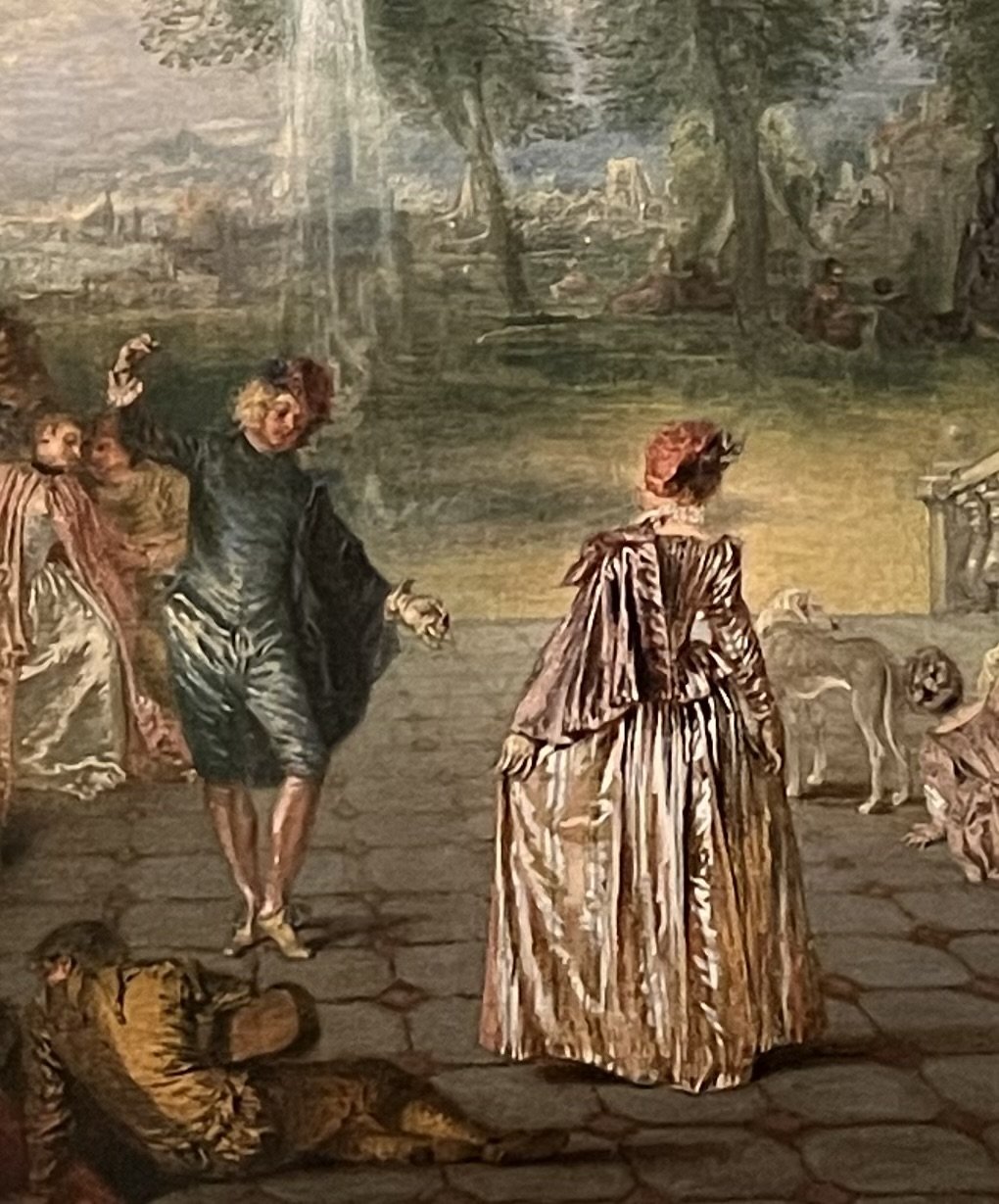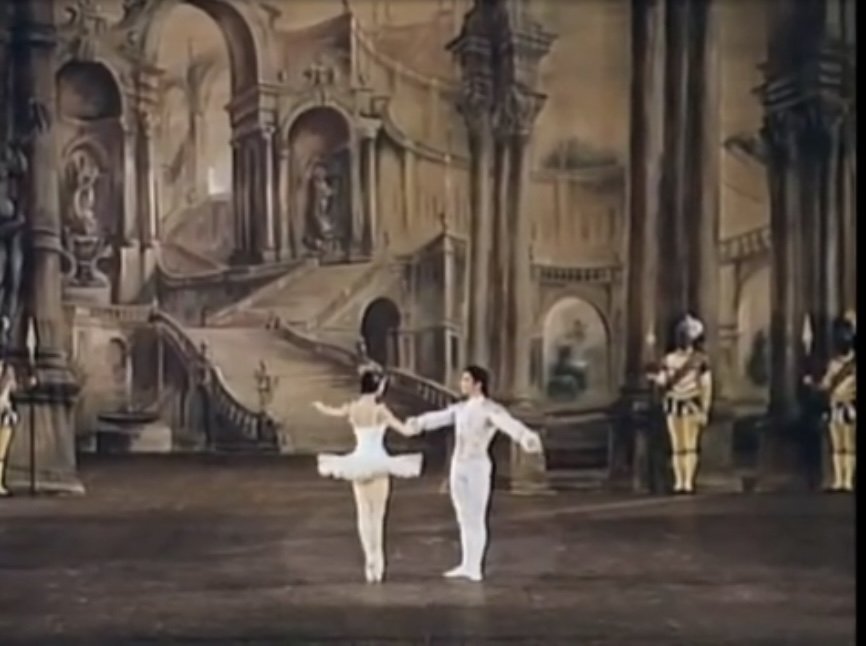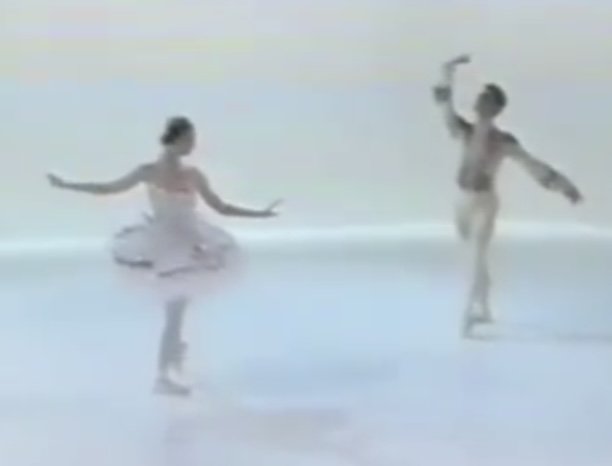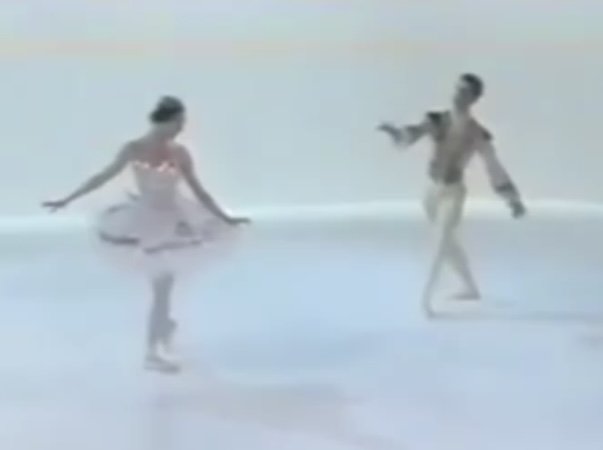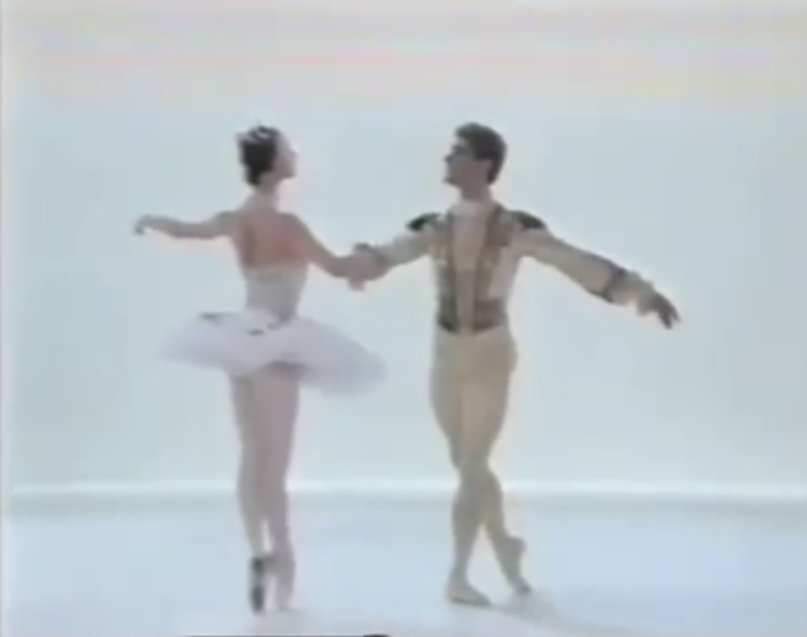“Les Plaisirs du bal,” Watteau, the minuet, and the wedding pas de deux of “The Sleeping Beauty”
What a pleasant surprise to find “Les Plaisirs du bal” (1715-1717) by Jean-Antoine Watteau (1684-1721) in the middle of the Dulwich Picture Gallery’s exhibition of the work of Berthe Morisot. One of the exhibition’s many interesting points is that Morisot (1841-1895) - the most eminent female French impressionist painter, and the sister-in-law of Édouard Manet (she married his less successful painter brother Eugène Manet) - was steeped in the paintings of such eighteenth-century artists as Watteau, Boucher, Chardin, Fragonard, Reynolds, Gainsborough, and Romney; and was recognised for this in her day.
It’s sometimes said - ill-advisedly - that this Watteau painting, acclaimed and popular when new and ever since (and in the Dulwich Picture Gallery permanent collection) - shows virtually no dancing, even if it is called “The Pleasures of the Ball”. That’s simply ignorance, and those art critics who write such poppycock should be denounced. The male-female couple near the centre of the painting are addressing each other across space as couples did during the minuet, the dominant dance of the eighteenth century. Probably they’re in the minuet’s preparatory gestures, he with raised arm (I am no expert, but I would say hands were seldom raised this high in the minuet) and elegantly turned-out legs, she as if beginning or ending a révérence. The space between and around them says so much: “Que de choses dans en menuet! (“How many things a minuet contains!”) exclaimed dancing master Marcel (1683-1758), Watteau’s close contemporary.
Nobody else is dancing in this painting, but nobody else is claiming such space. Some of the spatial arrangement certainly suggests that several others are spectators and intend to join the dance in due course. Sure, others are paying no regard to the dance; and look how confined those chatters look spatially by contrast. The musicians, on steps to our right, are watching that central space with the minuet couple, who look the freest and dominant couple in our view.
In a sense, it’s a setting such as this that was intended for the wedding act of “The Sleeping Beauty” (1890). Aurora commences the grand pas de deux by turning to have her back toward us on just the same angle as the dancing lady here (but on the opposite diagonal, her right shoulder downstage); her prince remains directly facing her as the man does here, so that his arm gesture towards her is what starts the dancing. No, Aurora and her prince do not dance any actual minuet, but in such moments Marius Petipa, choreographer of “The Sleeping Beauty”, showed a greater sense of the baroque than is usually attributed to him - as great a sense as Berthe Morisot’s. Again, their place in space is central and crucial.
I’m giving too little credit to the colour, charm, and sheen of this painting, which gladdens the heart as Watteau singularly knew how to do. The sheer surface of the painting is a joy: light and colour take on new immediacy here.
Sunday 28 May
1: “Les Plaisirs du Bal” (1715-1717), by Jean-Antoine Watteau (1681-1724), Dulwich Picture Gallery
2: Central dance detail of “Les Plaisirs du Bal” (1715-1717), by Jean-Antoine Watteau (1681-1724), Dulwich Picture Gallery.
3: Margot Fonteyn as Princess Aurora in “The Sleeping Beauty” with David Blair as her prince. Royal Ballet, 1963.
4: Antoinette Sibley and Peter Schaufuss in the same “Sleeping Beauty” wedding pas de deux, 1985, TV performance.
5: Antoinette Sibley and Peter Schaufuss in the same “Sleeping Beauty” wedding pas de deux, 1985, TV performance, a moment later.
6: Antoinette Sibley and Peter Schaufuss in the same “Sleeping Beauty” wedding pas de deux, 1985, TV performance. Another second on, as the main melody commences.

